SNVS447J January 2007 – November 2014 LM5576 , LM5576-Q1
PRODUCTION DATA.
- 1 Features
- 2 Applications
- 3 Description
- 4 Revision History
- 5 Pin Configuration and Functions
- 6 Specifications
- 7 Detailed Description
- 8 Application and Implementation
- 9 Power Supply Recommendations
- 10Layout
- 11Device and Documentation Support
- 12Mechanical, Packaging, and Orderable Information
Package Options
Mechanical Data (Package|Pins)
- PWP|20
Thermal pad, mechanical data (Package|Pins)
- PWP|20
Orderable Information
6 Specifications
6.1 Absolute Maximum Ratings
over operating free-air temperature range (unless otherwise noted)(1)(1)| MIN | MAX | UNIT | ||
|---|---|---|---|---|
| VIN to GND | 76 | V | ||
| BST to GND | 90 | V | ||
| PRE to GND | 76 | V | ||
| SW to GND (Steady State) | –1.5 | V | ||
| BST to VCC | 76 | V | ||
| SD, VCC to GND | 14 | V | ||
| BST to SW | 14 | V | ||
| OUT to GND | Limited to VIN | |||
| SYNC, SS, FB, RAMP to GND | 7 | V | ||
(1) If Military/Aerospace specified devices are required, please contact the Texas Instruments Sales Office/Distributors for availability and specifications.
6.2 Handling Ratings: LM5576
| MIN | MAX | UNIT | |||
|---|---|---|---|---|---|
| Tstg | Storage temperature range | –65 | 150 | °C | |
| V(ESD) | Electrostatic discharge | Human body model (HBM), per ANSI/ESDA/JEDEC JS-001, all pins(1) | 2 | kV | |
(1) JEDEC document JEP155 states that 500-V HBM allows safe manufacturing with a standard ESD control process.
6.3 Handling Ratings: LM5576-Q1
| MIN | MAX | UNIT | ||||
|---|---|---|---|---|---|---|
| Tstg | Storage temperature range | –65 | 150 | °C | ||
| V(ESD) | Electrostatic discharge | Human body model (HBM), per AEC Q100-002(1) | 2 | kV | ||
(1) AEC Q100-002 indicates HBM stressing is done in accordance with the ANSI/ESDA/JEDEC JS-001 specification.
6.4 Recommended Operating Conditions
| MIN | MAX | UNIT | |
|---|---|---|---|
| VIN | 6 | 75 | V |
| Operation Junction Temperature (Q0) | −40 | 150 | °C |
| Operation Junction Temperature (Q1) | −40 | 125 | °C |
6.5 Thermal Information
| THERMAL METRIC(1) | LM5576 | UNIT | |
|---|---|---|---|
| PWP | |||
| 20 PINS | |||
| RθJA | Junction-to-ambient thermal resistance | 40 | °C/W |
(1) For more information about traditional and new thermal metrics, see the IC Package Thermal Metrics application report, SPRA953.
6.6 Electrical Characteristics
Typical values correspond to TJ = 25°C, VIN = 48 V, RT = 32.4kΩ. Minimum and maximum limits apply over –40°C to 125°C junction temperature range unless otherwise stated.(2)| PARAMETER | TEST CONDITIONS | MIN | TYP | MAX | UNIT | |
|---|---|---|---|---|---|---|
| STARTUP REGULATOR | ||||||
| VCC Reg | VCC Regulator Output | 6.85 | 7.15 | 7.45 | V | |
| VCC LDO Mode turn-off | 9 | V | ||||
| VCC Current Limit | VCC = 0 V | 25 | mA | |||
| VCC SUPPLY | ||||||
| VCC UVLO Threshold | (VCC increasing) | 5.03 | 5.35 | 5.67 | V | |
| VCC Undervoltage Hysteresis | 0.25 | V | ||||
| Bias Current (Iin) | FB = 1.3 V | 3.4 | 4.5 | mA | ||
| Shutdown Current (Iin) | SD = 0 V | 57 | 85 | µA | ||
| SHUTDOWN THRESHOLDS | ||||||
| Shutdown Threshold | (SD Increasing) | 0.47 | 0.7 | 0.9 | V | |
| Shutdown Hysteresis | 0.1 | V | ||||
| Standby Threshold | (Standby Increasing) | 1.17 | 1.225 | 1.28 | V | |
| Standby Hysteresis | 0.1 | V | ||||
| SD Pull-up Current Source | 5 | µA | ||||
| SWITCH CHARACTERISTICS | ||||||
| Buck Switch Rds(on) (Q0) | 170 | 380 | mΩ | |||
| Buck Switch Rds(on) (Q1) | 170 | 340 | mΩ | |||
| BOOST UVLO | 3.8 | V | ||||
| BOOST UVLO Hysteresis | 0.56 | V | ||||
| Pre-charge Switch Rds(on) | 70 | Ω | ||||
| Pre-charge Switch on-time | 265 | ns | ||||
| CURRENT LIMIT | ||||||
| Cycle by Cycle Current Limit (Q0) | RAMP = 0 V | 3.6 | 4.2 | 5.5 | A | |
| Cycle by Cycle Current Limit (Q1) | RAMP = 0 V | 3.6 | 4.2 | 5.1 | A | |
| Cycle by Cycle Current Limit Delay | RAMP = 2.5 V | 100 | ns | |||
| SOFT-START | ||||||
| SS Current Source | 7 | 10 | 14 | µA | ||
| OSCILLATOR | ||||||
| Frequency1 | 180 | 200 | 220 | kHz | ||
| Frequency2 | RT = 11kΩ | 425 | 485 | 545 | kHz | |
| SYNC Source Impedance | 11 | kΩ | ||||
| SYNC Sink Impedance | 110 | Ω | ||||
| SYNC Threshold (falling) | 1.3 | V | ||||
| SYNC Frequency | RT = 11kΩ | 550 | kHz | |||
| SYNC Pulse Width Minimum | 15 | ns | ||||
| RAMP GENERATOR | ||||||
| Ramp Current 1 | VIN = 60 V, VOUT=10 V | 235 | 275 | 315 | µA | |
| Ramp Current 2 | VIN = 10 V, VOUT=10 V | 18 | 25 | 32 | µA | |
| PWM COMPARATOR | ||||||
| Forced Off-time (Q0) | 390 | 500 | 590 | ns | ||
| Forced Off-time (Q1) | 416 | 500 | 575 | ns | ||
| Min On-time | 80 | ns | ||||
| COMP to PWM Comparator Offset | 0.7 | V | ||||
| ERROR AMPLIFIER | ||||||
| Feedback Voltage (Q0) | Vfb = COMP | 1.207 | 1.225 | 1.243 | V | |
| Feedback Voltage (Q1) | Vfb = COMP | 1.207 | 1.225 | 1.243 | V | |
| FB Bias Current | 17 | nA | ||||
| DC Gain | 70 | dB | ||||
| COMP Sink / Source Current | 3 | mA | ||||
| Unity Gain Bandwidth | 3 | MHz | ||||
| DIODE SENSE RESISTANCE | ||||||
| DSENSE | 42 | mΩ | ||||
| THERMAL SHUTDOWN | ||||||
| Tsd | Thermal Shutdown Threshold (Q0) | 180 | °C | |||
| Tsd | Thermal Shutdown Threshold (Q1) | 165 | °C | |||
| Thermal Shutdown Hysteresis | 25 | °C | ||||
(1) Absolute Maximum Ratings are limits beyond which damage to the device may occur. Recommended Operating Conditions are conditions under which operation of the device is intended to be functional. For ensured specifications and test conditions, see the Electrical Characteristics.
(2) Min and Max limits are 100% production tested at 25°C. Limits over the operating temperature range are ensured through correlation using Statistical Quality Control (SQC) methods. Limits are used to calculate Texas Instruments' Average Outgoing Quality Level (AOQL).
6.7 Typical Characteristics
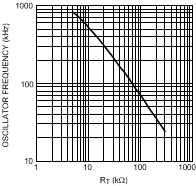 Figure 1. Oscillator Frequency vs RT
Figure 1. Oscillator Frequency vs RT
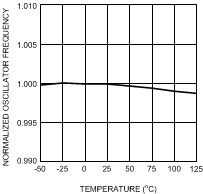 Figure 3. Oscillator Frequency vs Temperature (Q1) FOSC = 200kHz
Figure 3. Oscillator Frequency vs Temperature (Q1) FOSC = 200kHz
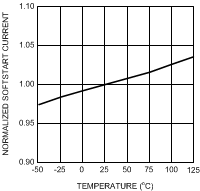 Figure 5. Soft Start Current vs Temperature (Q1)
Figure 5. Soft Start Current vs Temperature (Q1)
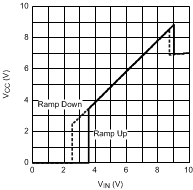 Figure 7. VCC vs VIN RL = 7kω
Figure 7. VCC vs VIN RL = 7kω
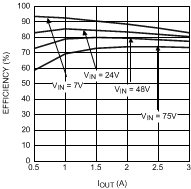 Figure 9. Demoboard Efficiency vs IOUT and VIN
Figure 9. Demoboard Efficiency vs IOUT and VIN
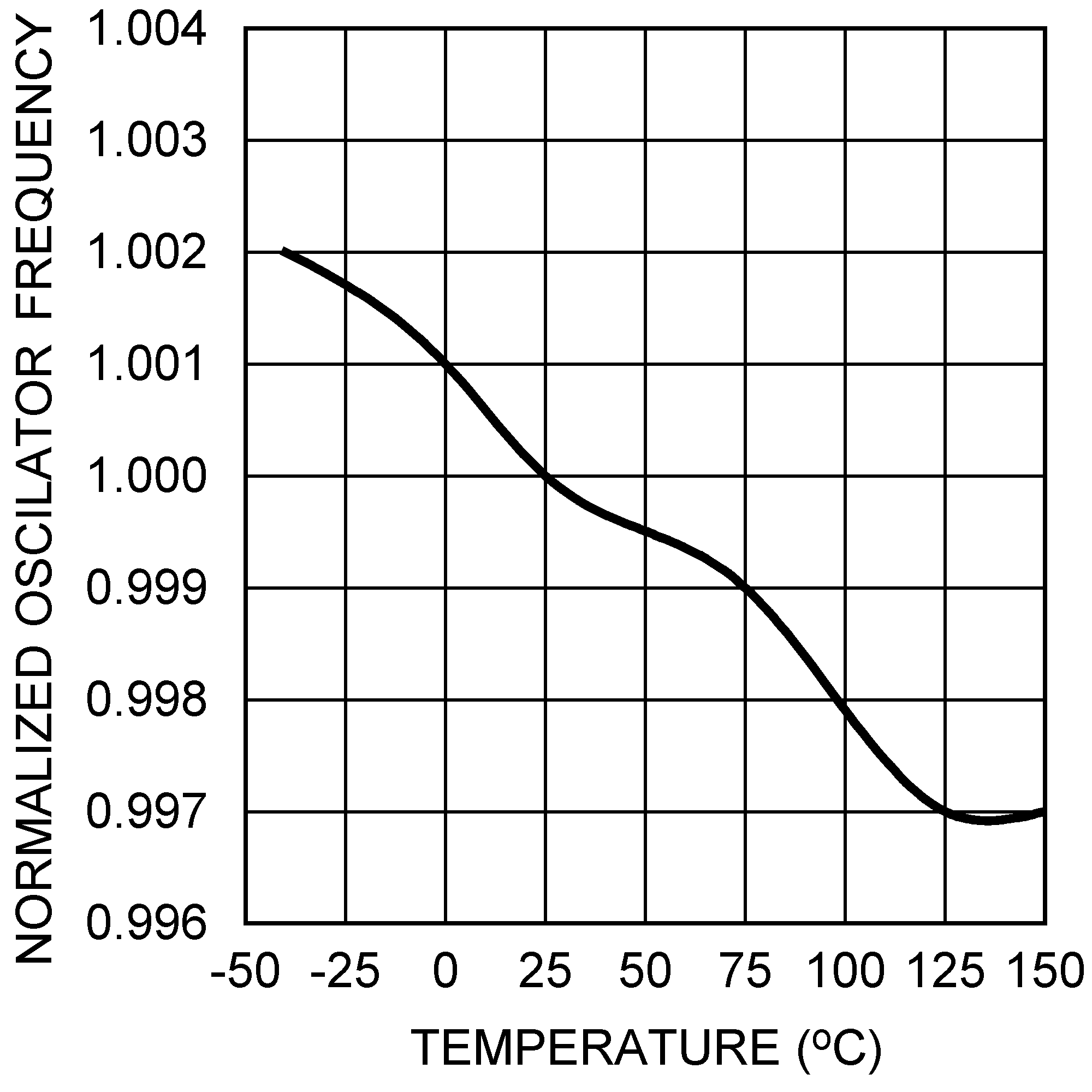 Figure 2. Oscillator Frequency vs Temperature (Q0) FOSC = 200kHz
Figure 2. Oscillator Frequency vs Temperature (Q0) FOSC = 200kHz
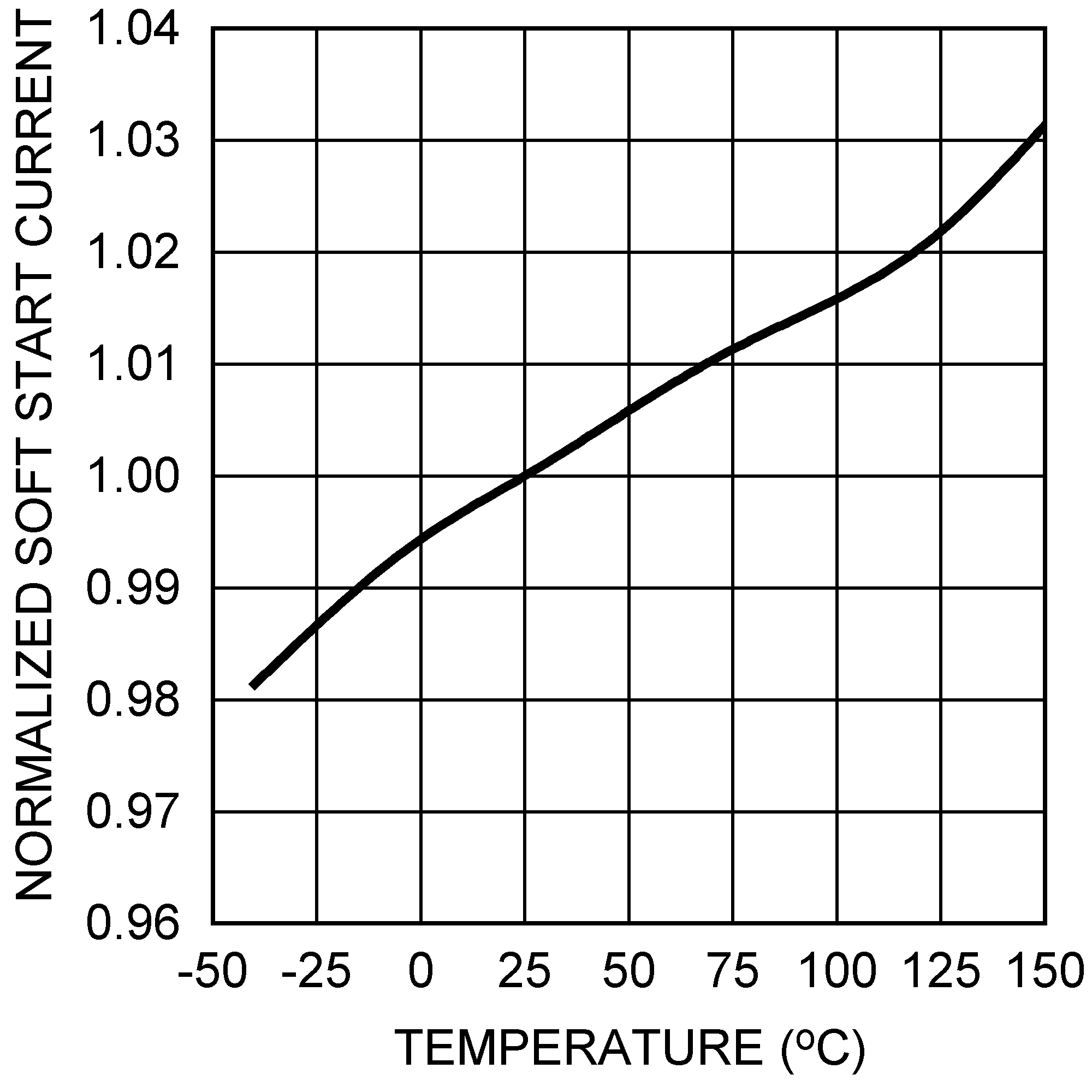
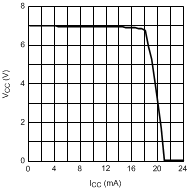 Figure 6. VCC vs ICC VIN = 12 V
Figure 6. VCC vs ICC VIN = 12 V
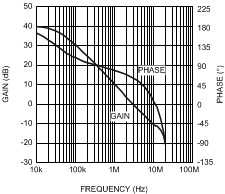 Figure 8. Error Amplifier Gain/Phase AVCL = 101
Figure 8. Error Amplifier Gain/Phase AVCL = 101